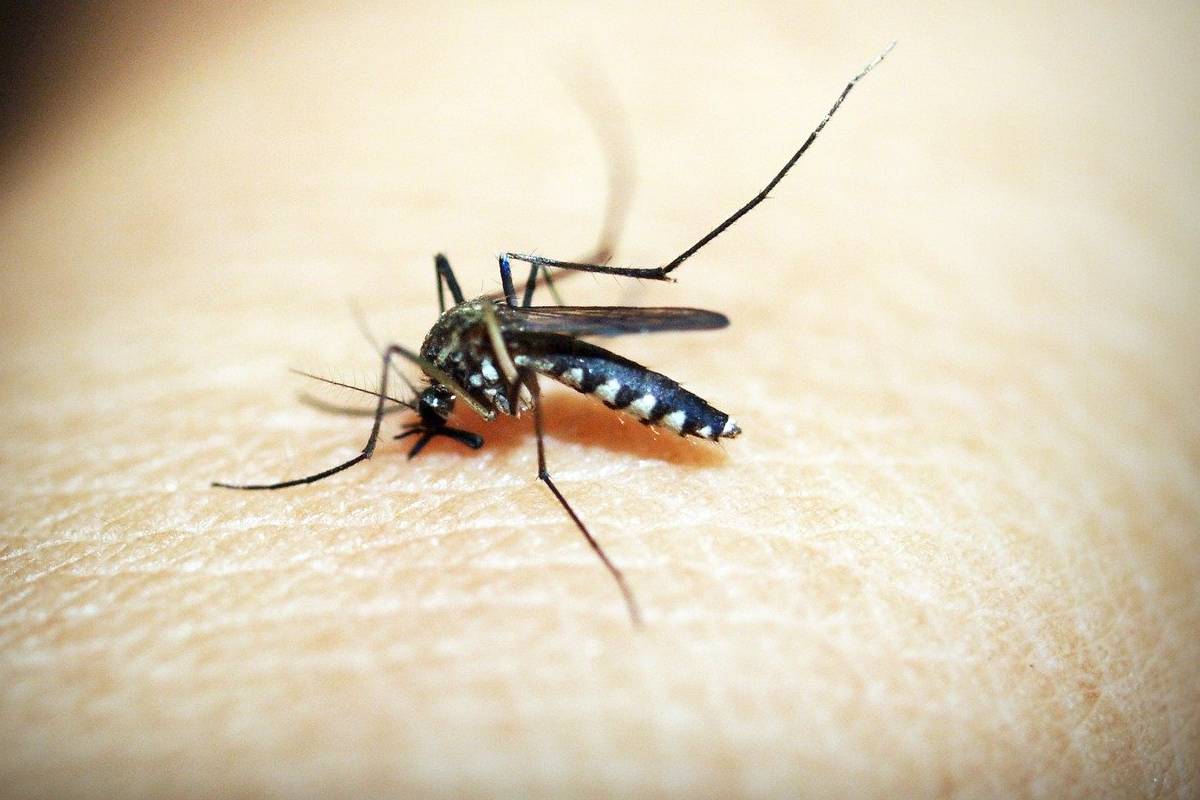Pests pose a variety of health risks to humans and pets within the household. Some of the pests are noticeable while others are not hence difficult to know if your house is pest infested or not.
Pest control is important for any household to avoid health risks and pest-associated risks whenever signs of pests are visible. Alternatively, maintaining good hygiene and cleanliness as well as carrying out routine control of pests will be of great benefit to any household.
Each pest is associated with a unique and different set of health risks hence a variety of prevention and extermination methods are employed. These pests can be small and difficult to spot like fleas, ticks, and bed bugs, or as big as cockroaches and rodents.
The many health risks caused by pests include infections from bite wounds or pest wastes, venomous bites, allergic reactions, electrocutions from exposed wires, and the spread of diseases. The article exploits the various health risks associated with house pests.
Table of Contents
Infections and Diseases
Various pest facts are of note. Some pests cause various infections when they interact with the household which is a health risk to the residents. Rodents and cockroaches are mainly found in contaminated regions like sewers and carry a lot of germs. As these pests move within the home they increase the chances of the residents getting sick.
Infections can also result from puncture wounds or bite marks. Some pests such as ticks, wasps, bed bugs, and fleas cause venomous bites that affect the host.
Different diseases are spread by house pests. Rodents carry various viruses such as the Hantavirus transmitted by mice. Mice and cockroaches take up bacteria such as E. coli and salmonella when they go through the garbage.
Mosquitoes transmit malaria, dengue fever, Zika virus, and West Nile virus. Fleas and ticks carry different kinds of fevers and Lyme disease. Rodents transmit rabies through their bites.
Source of Nuisance
When pests invade households, they create a lot of nuisance. The stridulating sounds made by crickets and mosquitoes are annoying and cause insomnia. Rats also make squeaking, hissing, and chattering sounds that make falling asleep difficult.
Some people get irritated at the sight of cockroaches. The pests always mess up people’s moods, comfort, and sleep. All nuisances affect the overall health of residents. Psychological traumas also arise from a phobia of these pests.
Bites and Stings
Bites and stings are the immediate hazards of pests. Pests such as fleas, bedbugs, bees, wasps, hornets, spiders, and termites sting and cause injuries. Some spider species cause venomous bites and their antidotes are rare. Some of the bites have the potential to create major health complications and issues such as paralysis. Bedbugs hide and come out at night and cause painful sores. Insects such as bees, wasps, and hornets attack in swarms. These cause a lot of hospitalizations with multiple venomous bites.
Impacts Nutrition
The nutrition of residents is always affected when pests invade a house. One way pests impact nutrition is through their destructive nature. Some of the pests destroy foods from meats, cereals to vegetables. The other way is through contamination of foods and kitchen wares and water sources.
Rodents and rats cause a lot of menaces when they get into the house’s food storage. They destroy the foods with the remaining percentage contaminated from the germs and toxins they carry from their hideouts. Nutrition is affected by starvation and health issues from contaminated foods.
Allergies
Many pests have a very high possibility of causing major allergies as well as asthma. Some of the pests cause allergies when in physical contact. Most times you need not be in contact with the pests to experience these reactions. These pests hide in the walls and ventilation vents causing health risks for residents.
Pests also carry allergens into the home apart from creating some indoors themselves. The pests’ droppings and feces cause allergic reactions and also pollute the air when they get into air vents. Dust mites cause dryness in the home. They absorb water from the air causing dust which is an allergen agent.
Pests shed their fur or skin which are air pollutants and a source of allergens. Pest’s dander and droppings can trigger immune responses with related allergies from aerosolized molecules. Decaying pests are also a source of allergens in the household. The pests also spread dust across the home from dents and holes created in the walls and the attic.
Beware of exposed electrical cables as rodents chew on the cables and can cause electrocution and short-circuiting around the home posing a health risk to residents.

